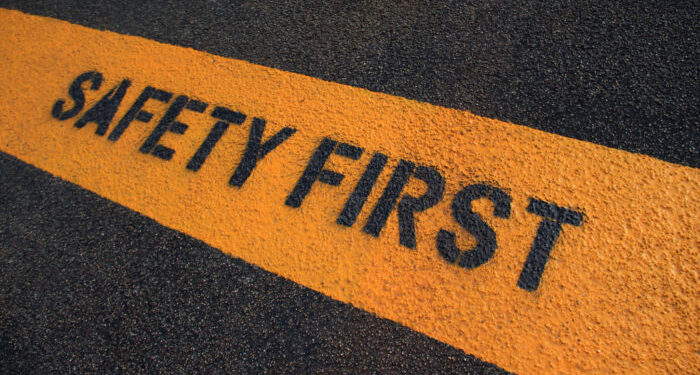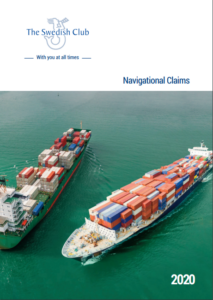The Swedish Club has launched a new edition of Navigational Claims, aiming to provide an insight into the causes of incidents such as containers tumbling into the sea and environmental damage, further offering comprehensive loss prevention advice in order to avoid them.
In fact, The Swedish Club’s Loss Prevention team reviewed its claims history, using its statistics to inform on the latest trends; provide detailed case studies; highlight relevant International Regulations for Preventing Collisions at Sea (COLREGS) and further share commentary from a qualified pilot with first-hand experience of issues during port transit.
[smlsubform prepend=”GET THE SAFETY4SEA IN YOUR INBOX!” showname=false emailtxt=”” emailholder=”Enter your email address” showsubmit=true submittxt=”Submit” jsthanks=false thankyou=”Thank you for subscribing to our mailing list”]
Lars A. Malm, Director Strategic Business Development & Client Relations at The Swedish Club noted that “Collisions, contact, groundings – even the loss of the Costa Concordia, the most expensive marine insurance claim in history, and a tragic loss of life – was due to navigational error.”
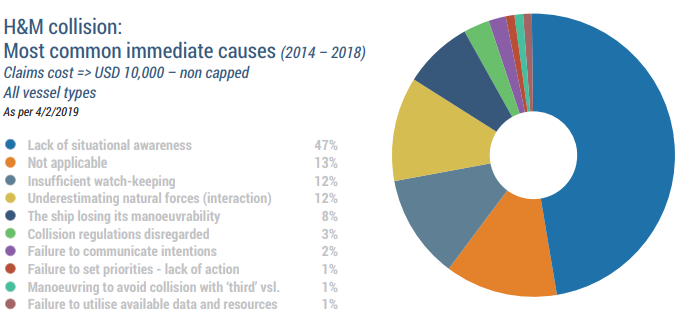
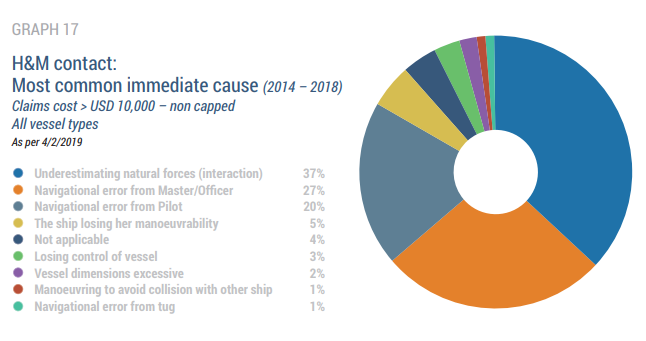
Namely, container vessels account for most of the collisions and contact claims and are responsible for about 37% of the collision claims and 42% of the contact claims that the Club sees.
Notably, they have double the frequency of contacts and collisions than bulkers, frequently carrying out manoeuvres at high speed close to the berth. In particular, the Swedish Club also underlines that the most expensive claims occur when a vessel hits a gantry crane or the quay at high speed.
More specifically, frequency of collision is highest on RoRos, and frequency of contact highest on passenger ferries, with most of such incidents taking place within the port area. Also, bulk vessels have the greatest frequency of groundings which may be since they trade in more difficult conditions.
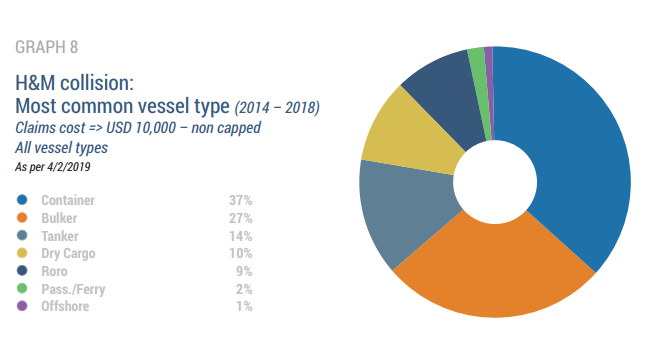
The Swedish club then notes that more than half of all navigational claims occur when the pilot is on board.
Malm notes that
We have seen, and continue to see, that many such incidents are caused by ‘the human element’ – individuals and teams making serious misjudgments in situations that could not be described as extreme.
Whatsoever, The Swedish Club highlights the importance of not putting the blame on a specific person for an incident but try to see why the accident in particular occurred and why the system allowed it to happen, further adding that in order to improve safety it is essential to
Not just point fingers but improve the system that allowed the accident in the first place. It is not the system that is safe, it is the people in the system that make it safe.
Last year Japan P&I Club released a report concerning ships and harbor accidents. The report highlights that despite the fact that there were indications that such accidents are fewer, a recent slight increase made clear that more measures need to be taken. The report also says that the main cause in most of the accidents is the human element.
Still, machinery failure, including engine failure, has risen as the top cause of shipping incidents over the past decade, a trend that is unlikely to change anytime soon, given rising repair costs and concerns over maintenance levels and larger vessels, said Allianz (AGCS) in its Shipping and Safety review.
To explore more about the new edition of Navigational Claims by the Swedish Club, you can click on the PDF bellow.

































